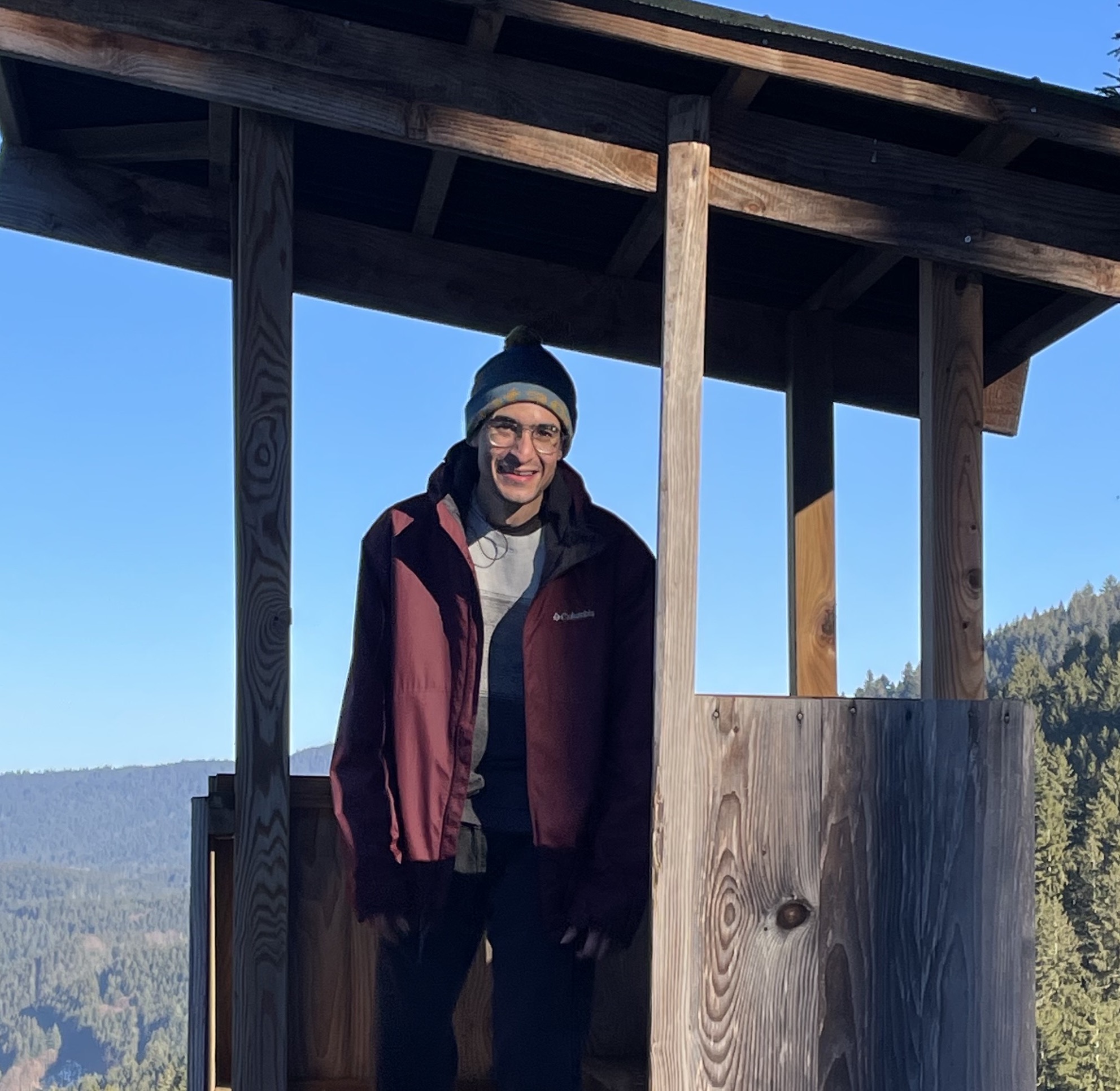Surface-Subsurface Flow Modeling
Shallow water equations
Surface flow can be modeled using the shallow water equations. They are used to model rivers, floods, flow in channels; in dam break problems; in oceanic modeling for tsunamis, tides etc.

Simulation created using Amanzi
I have worked on the shallow water equation solver in Amanzi. Amanzi is a framework which allows users to model phenomena involving coupling of flow and reactive transport.

Here are some aspects of the numerical implementation of shallow water equations which I have worked on:
- Well-balancedness: a well-balanced numerical scheme is that which preserves the stationary steady-state i.e. lake at rest solutions
- Extension to polygonal meshes: achieved using piecewise linear interpolation of bathymetry after it is defined on cell nodes.
- Central upwind flux: more accurate than the Rusanov flux.
- Higher order time stepping.
- Depth positivity: achieved using reconstruction of total water depth in partially wet/ dry cells.

Simulation created using Amanzi
- Kurganov, Finite-volume schemes for shallow-water equations, 2018
- Beljadid, Mohammadian, Kurganov, Well- balanced positivity preserving cell-vertex central-upwind scheme for shallow water flows, 2016
Surface-subsurface coupling
The coupling between the shallow water equations and the Richards equation can be achieved through subcycling.

Through subcycling the different time scales at which the two flows occur in most practical situations is exploited. Essentially, the more physically transient nature of surface flow compared to subsurface flow is taken into account.
Example:
An example showing 1D dam break over a fully saturated subsurface is shown below. Also shown is the pressure and flux distribution in the subsurface.

